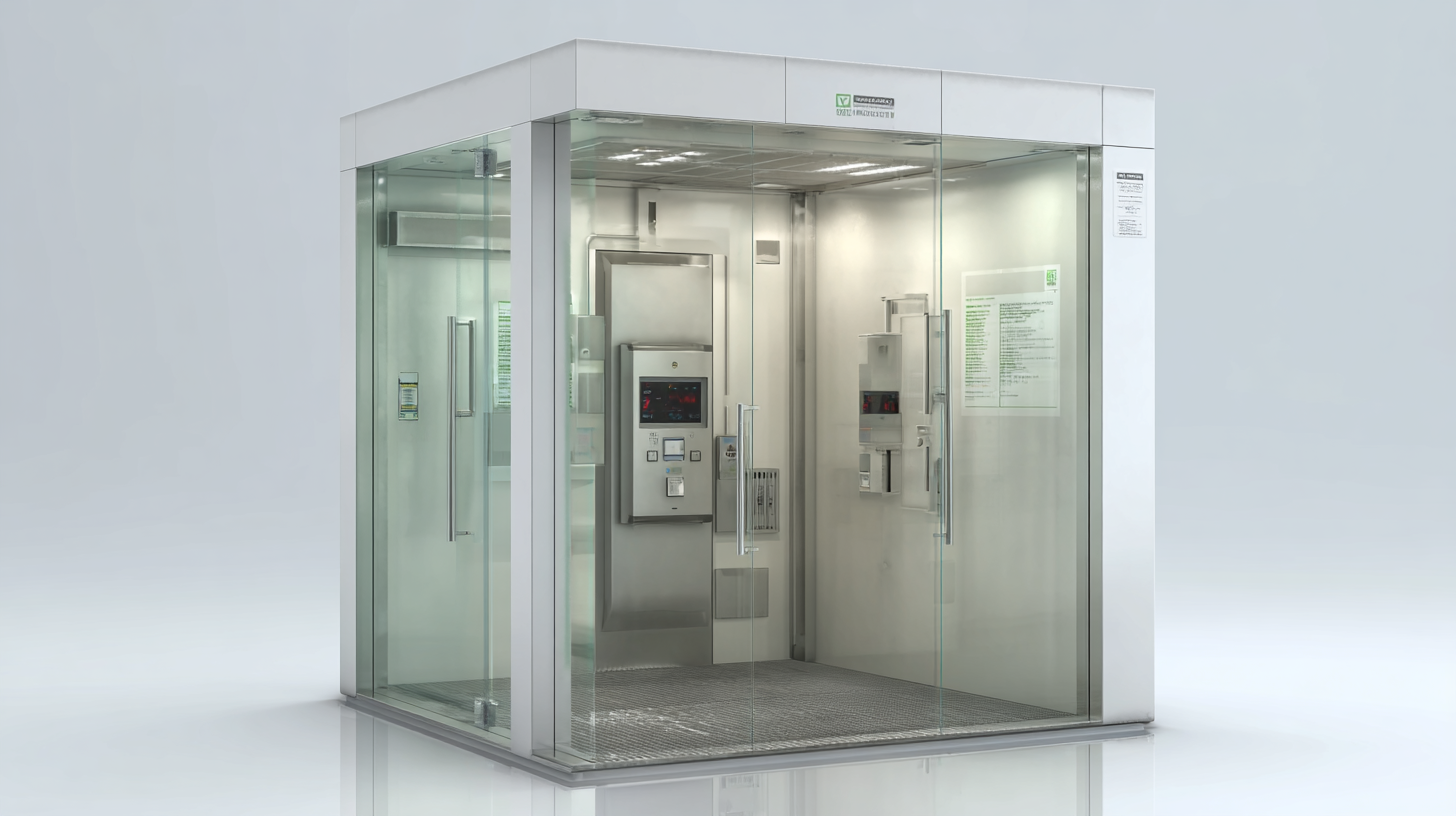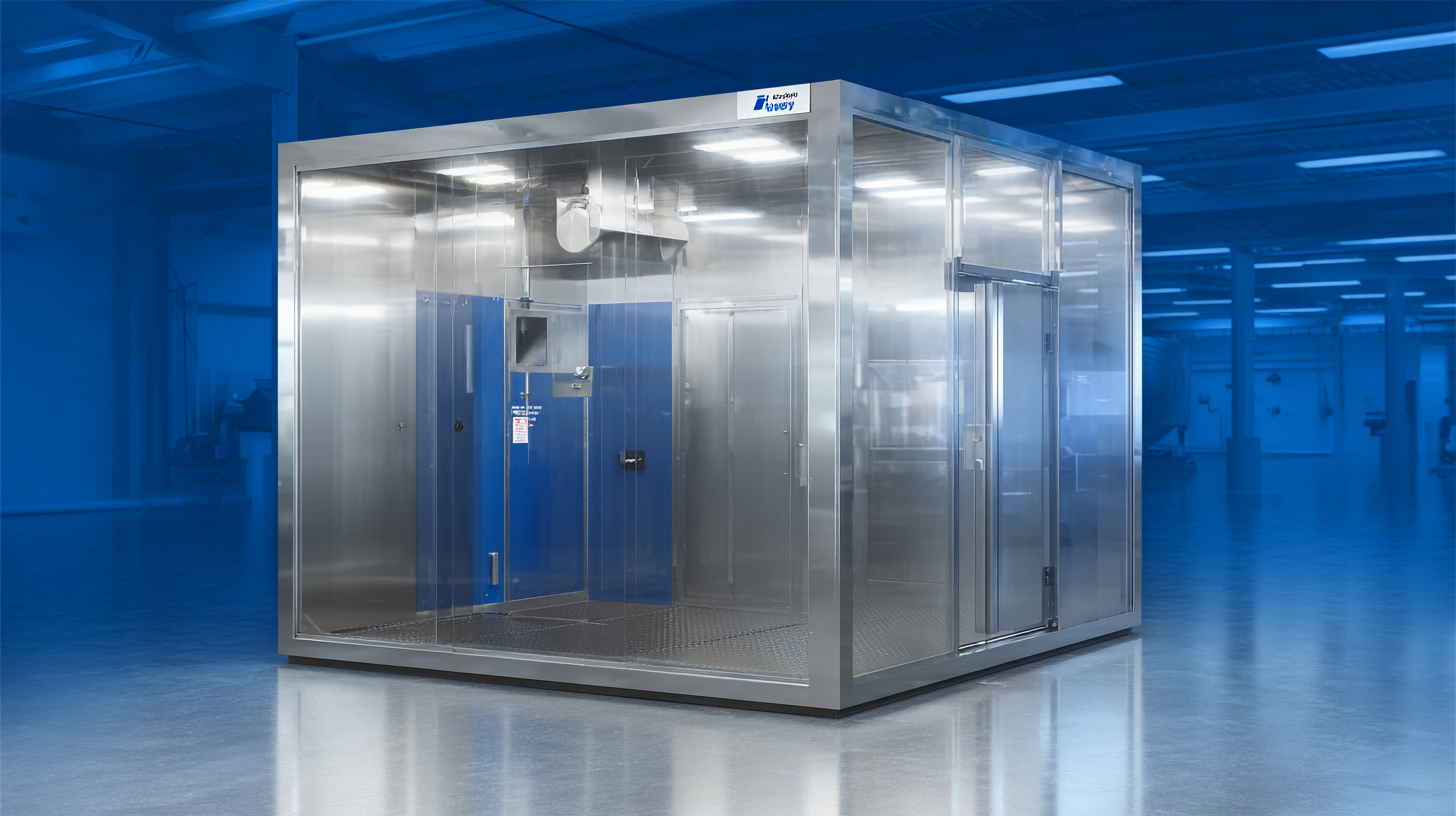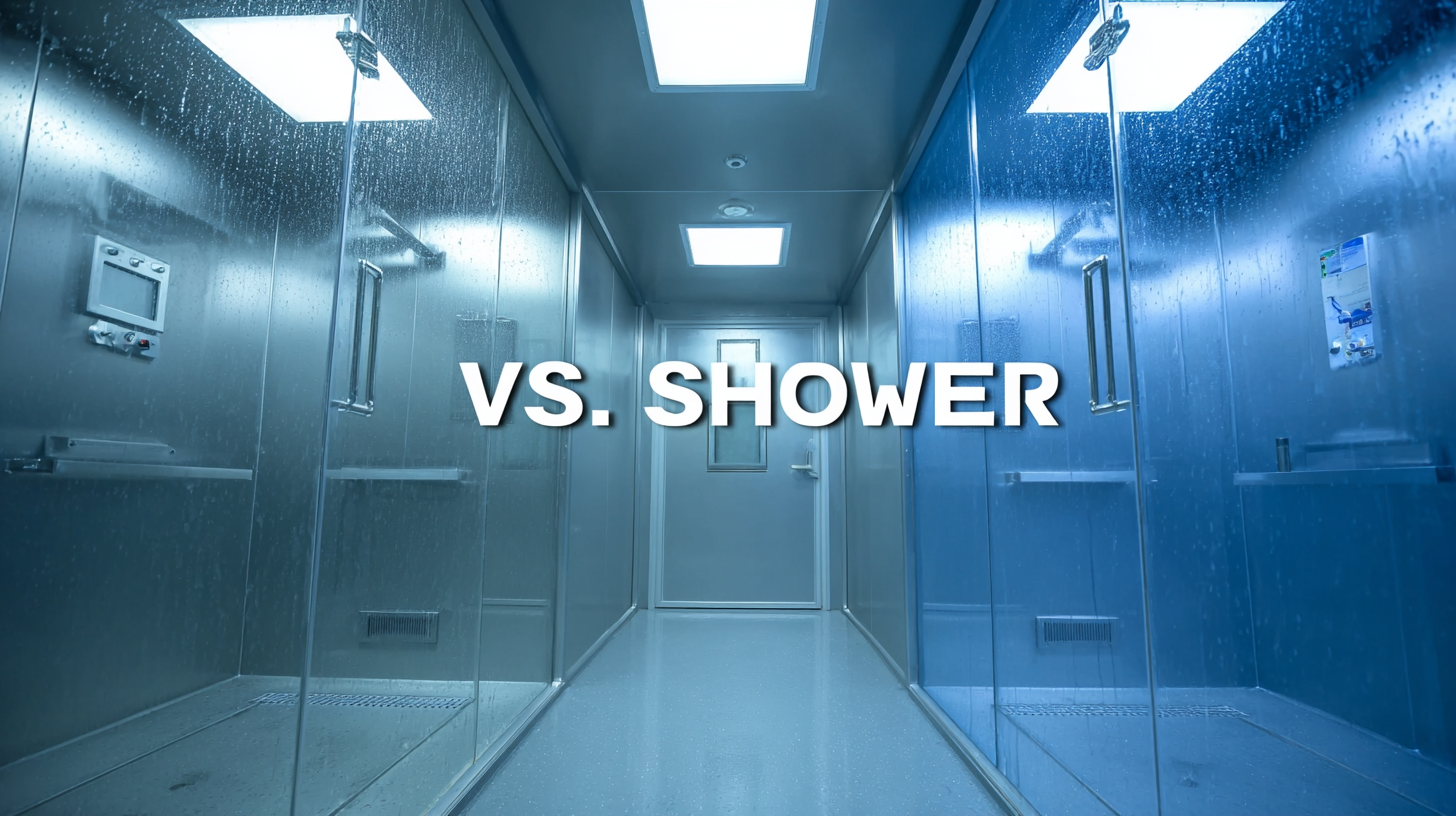
Ultimate Comparison of Leading Best Air Shower Solutions in the Market
In today's rapidly evolving market, the significance of maintaining sterile environments has never been more critical, especially in industries such as pharmaceuticals, biotechnology, and food production. One of the most effective solutions for achieving this is the installation of an air shower. As we delve into the ultimate comparison of leading air shower solutions available in 2025, it is essential to understand not only the technological advancements that have emerged but also the specific requirements that different sectors demand.

In this blog, we will explore various air shower models, their features, and how they stack up against each other, ultimately guiding you to make informed decisions about the best air shower for your operational needs. Join us as we uncover the latest industry trends and offer a comprehensive analysis that will keep your facility at the forefront of contamination control practices.
Overview of the Air Shower Market Trends in 2025 and Their Implications
As we look ahead to 2025, the air shower market is poised for significant transformation driven by technological advancements and increased demand for contamination control across various industries. The integration of smart technology is set to enhance the efficiency of air showers, enabling real-time monitoring and data analytics to optimize performance. Manufacturers are increasingly focusing on automation and IoT connectivity, allowing for seamless integration into existing cleanroom environments while improving user experience and compliance.
Another notable trend is the rising emphasis on sustainability. As industries strive to reduce their environmental footprint, innovations in air shower design are prioritizing energy efficiency and resource conservation. This shift not only reflects a growing awareness of environmental responsibility but also aligns with regulatory trends that favor eco-friendly solutions. Consequently, air shower systems that incorporate energy-efficient components and sustainable materials are likely to gain traction in the market, appealing to companies that prioritize corporate social responsibility alongside operational excellence.
Ultimate Comparison of Leading Air Shower Solutions - Market Trends in 2025
Critical Features to Evaluate When Choosing Air Shower Solutions
When selecting an air shower solution, it’s essential to evaluate a few critical features that influence both efficiency and overall performance. First and foremost, airflow speed is crucial. High-velocity air streams effectively dislodge particles from personnel and equipment, minimizing contamination risks. Look for systems that offer adjustable airflow settings, allowing customization based on specific application requirements. Additionally, consider the type of filters in use; HEPA filters are standard, but ULPA filters can provide even higher levels of particulate filtration, which is vital in cleanroom environments.
Another important feature to analyze is the design and size of the air shower itself. Depending on your facility's layout and the volume of traffic, selecting an appropriately sized unit can help manage flow and reduce wait times. Ergonomic designs can enhance usability, ensuring that personnel can pass through quickly without bottlenecks. Finally, maintenance requirements should be assessed. Air shower systems with easy access panels and readily available components can simplify upkeep, prolonging the unit's lifespan and ensuring consistent performance. Take the time to compare these aspects among leading solutions to find the best fit for your cleanroom needs.
Performance Metrics: Comparing Airflow, Noise Levels, and Energy Efficiency
When selecting the best air shower solutions for your needs, it’s essential to focus on key performance metrics like airflow, noise levels, and energy efficiency. These factors significantly impact the overall effectiveness and user experience of the air shower system. High-quality units should provide a robust airflow that facilitates effective contamination control while maintaining a comfortable environment for users. Systems that allow customization of airflow rates can cater to specific requirements in various cleanroom applications, ensuring optimal performance.

Noise levels are another critical metric to consider, as excessive noise can disrupt operations and affect personnel comfort. The best air shower solutions should operate quietly yet efficiently, striking a balance between delivering powerful airflows and maintaining a peaceful workspace. Additionally, energy efficiency plays a crucial role in determining the sustainability and operating costs of an air shower system. Those models designed with energy-saving features not only minimize energy consumption but also help businesses reduce their environmental footprint, making them a smarter choice for modern industry needs.
Cost Analysis: Understanding the Investment and ROI of Air Shower Systems
When considering the investment in air shower systems, it's essential to understand both their initial costs and the potential return on investment (ROI). Air showers are critical in maintaining cleanroom environments by reducing the risk of contamination. The price range for air shower solutions can vary significantly based on features, size, and brand. Basic units might be more affordable, but investing in advanced technology often pays off in the long run due to enhanced efficiency and longevity.
Analyzing the ROI involves looking beyond the upfront costs. Enhanced cleanliness means fewer product rejections and reduced downtime, leading to increased productivity and cost savings over time. Additionally, regulatory compliance in industries like pharmaceuticals and biotechnology is non-negotiable, and air shower systems help maintain these standards. Businesses must therefore weigh the initial expenditure against the potential benefits of operational efficiency, fewer contamination-related losses, and improved product quality, making a well-rounded cost analysis crucial for smart decision-making in air shower system investments.
Ultimate Comparison of Leading Best Air Shower Solutions in the Market - Cost Analysis: Understanding the Investment and ROI of Air Shower Systems
| Feature | Model A | Model B | Model C |
|---|---|---|---|
| Initial Cost ($) | 8,000 | 10,500 | 9,000 |
| Annual Maintenance Cost ($) | 500 | 600 | 550 |
| Lifespan (Years) | 10 | 12 | 10 |
| Energy Consumption (kWh/year) | 1,200 | 1,500 | 1,350 |
| Average User Feedback (out of 5) | 4.5 | 4.8 | 4.3 |
| Estimated ROI (Years) | 4 | 5 | 4.5 |
Future Innovations: Emerging Technologies in Air Shower Solutions for 2025 and Beyond
As the demand for cleanroom environments continues to rise, the future of air shower technology is poised for significant innovations. According to a recent report from Grand View Research, the global cleanroom technology market is expected to reach $5.5 billion by 2027, driven by stringent regulations in industries like pharmaceuticals and semiconductor manufacturing. This growth paves the way for advancements in air shower solutions, which are critical for maintaining contamination control.

Emerging technologies such as IoT integration and smart monitoring systems are set to transform air showers into more efficient and user-friendly solutions. For instance, real-time air quality sensors can provide instant feedback on particulate levels, allowing for timely adjustments to airflow and filtration. Furthermore, advancements in materials science will likely lead to lighter, more durable designs that enhance user experience while reducing maintenance costs. Research indicates that energy-efficient systems could reduce operational expenses by up to 30%, making them not only environmentally friendly but also cost-effective for businesses looking to streamline their operations.
As we look toward 2025 and beyond, the evolution of air shower solutions will play a crucial role in ensuring compliance and safety across various sectors. By leveraging these technologies, organizations can better meet the challenges of contamination control and ultimately contribute to improved product quality and operational efficiency.
